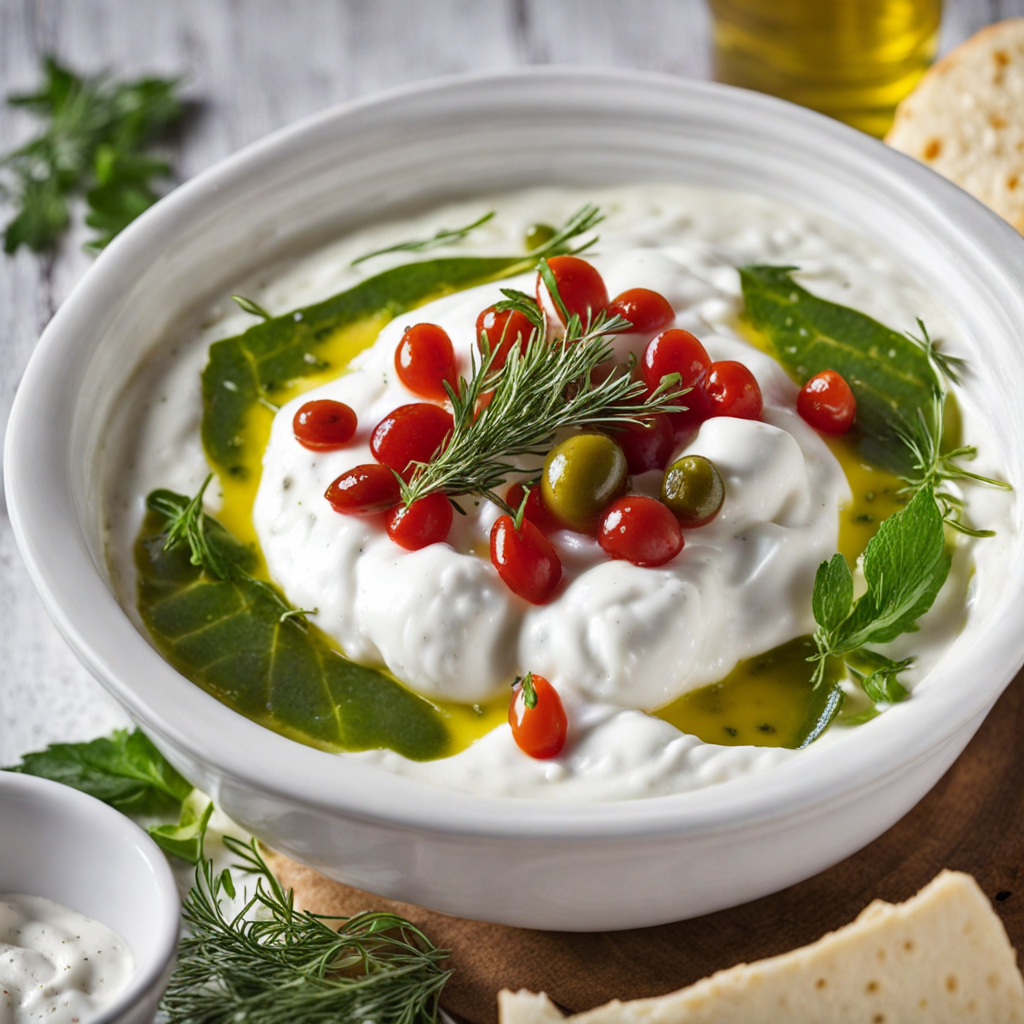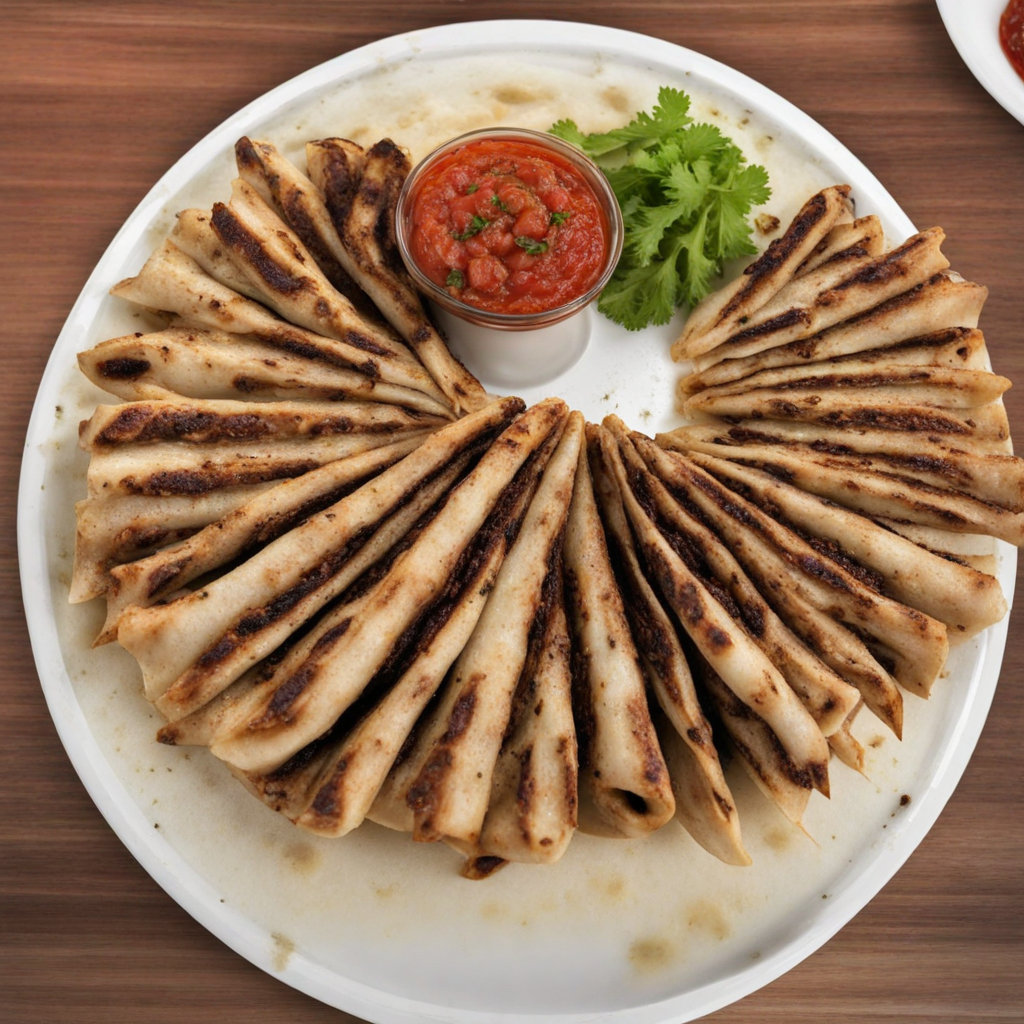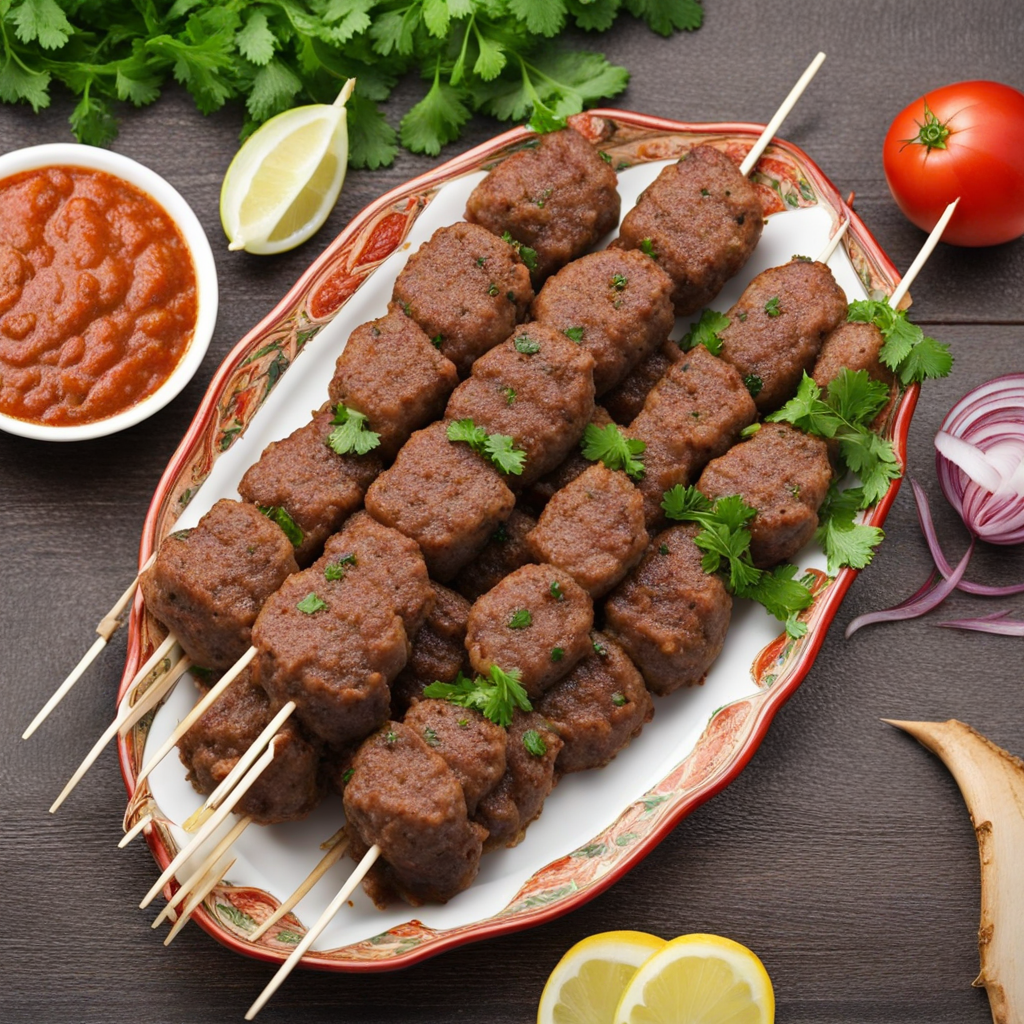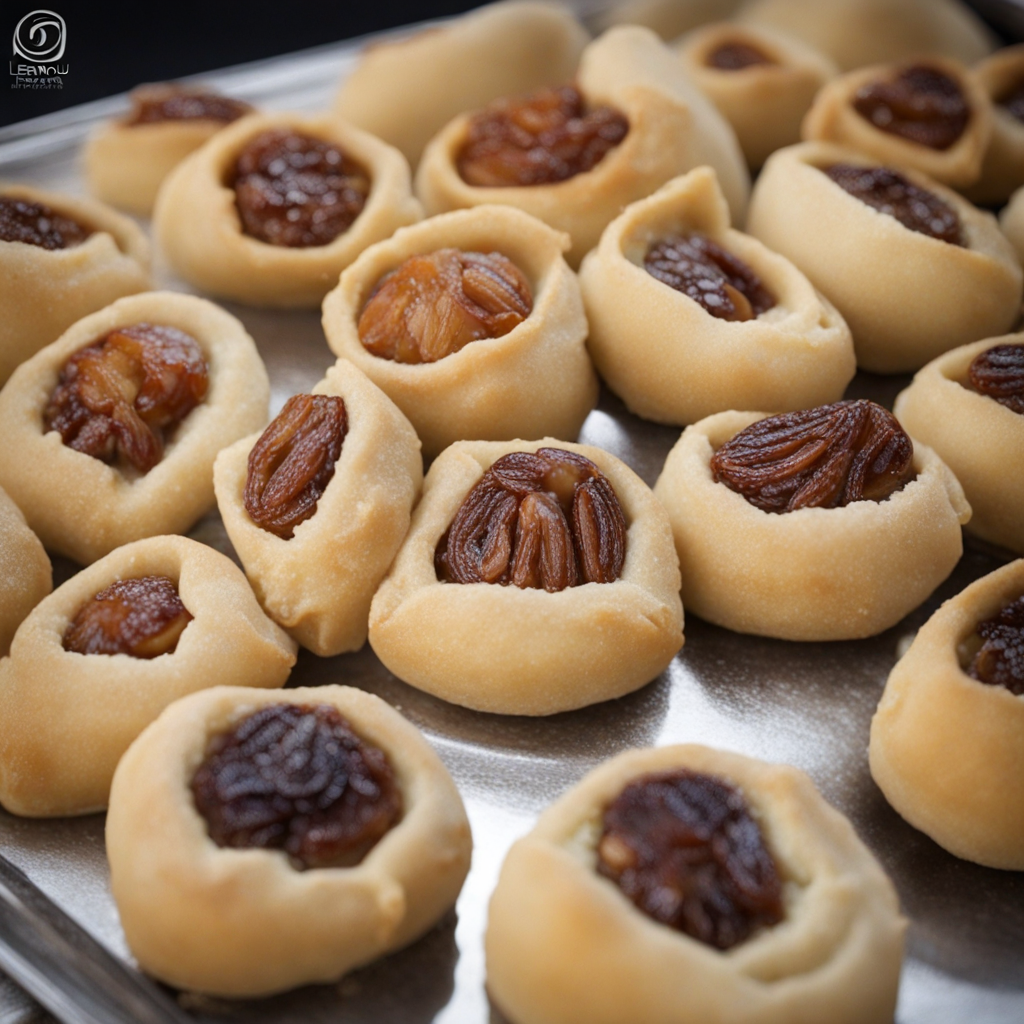Labneh
Labneh is a creamy, tangy strained yogurt that hails from Lebanon, embodying the essence of Middle Eastern cuisine. Its rich texture is achieved by straining yogurt to remove excess whey, resulting in a thick and velvety consistency. The taste is a delightful balance of tartness and creaminess, offering a refreshing alternative to traditional cheeses. Typically served as a dip or spread, labneh can be enhanced with various spices and herbs, making it a versatile addition to a multitude of dishes. In Lebanese culture, labneh is often enjoyed alongside fresh vegetables, olives, and pita bread, making it a staple in mezze platters. A drizzle of olive oil or a sprinkle of za'atar—a blend of thyme, sesame seeds, and sumac—can elevate its flavor profile, adding aromatic and earthy notes. The dish is not just a culinary delight but also a symbol of hospitality, frequently served as an appetizer to welcome guests and foster a sense of community around the dining table. Beyond its traditional uses, labneh is increasingly embraced in modern gastronomy. It can be incorporated into salads, used as a base for savory tarts, or even whipped into desserts for a unique twist. The delightful tang of labneh pairs beautifully with both sweet and savory ingredients, inspiring chefs and home cooks alike to explore its potential in innovative ways. Whether enjoyed as part of a rustic Lebanese meal or reimagined in contemporary dishes, labneh promises a tantalizing taste experience that is sure to leave a lasting impression.
How It Became This Dish
Origin of Labneh Labneh, a delicious and creamy yogurt cheese, has its roots deeply embedded in the culinary traditions of the Middle East, particularly in Lebanon. Its origins can be traced back to ancient times, where the practice of yogurt-making was prevalent among nomadic tribes. The art of fermenting milk is believed to have begun around 5000 BC, with various cultures across the region developing their unique methods of preserving and enhancing the flavor of dairy products. Labneh is made by straining yogurt to remove excess whey, resulting in a thick, spreadable cheese that is rich in flavor and texture. The word "labneh" itself is derived from the Arabic word "laban," meaning yogurt. This transformation from yogurt to labneh is a testament to the ingenuity of Middle Eastern culinary traditions, where preserving food while enhancing its flavor is paramount. Traditionally, labneh was made from sheep's milk or goat's milk, which were more widely available in the region, but today, cow's milk is often used as well. The practice of straining yogurt into labneh can also be seen as an early method of food preservation, enabling communities to extend the shelf life of dairy products in a time before refrigeration. \n\n Cultural Significance In Lebanon and across the Levant, labneh occupies a central place in the culinary landscape. It is not just a food item; it is a symbol of hospitality and community. Labneh is often served as part of a mezze platter, a traditional assortment of small dishes that encourage sharing and socializing. This communal aspect of dining is deeply rooted in Lebanese culture, where meals are seen as an opportunity to connect with family and friends. Labneh is typically accompanied by olive oil, za'atar (a blend of herbs and spices), and fresh vegetables, making it a versatile and flavorful addition to any meal. Moreover, labneh has significant cultural ties to the agricultural practices in the region. With Lebanese cuisine heavily influenced by its Mediterranean environment, the dairy industry plays a crucial role in the local economy. The production of labneh supports small-scale farmers and local artisans who prioritize traditional methods, ensuring that this beloved food remains a staple in Lebanese households. In many families, the process of making labneh is a cherished tradition passed down through generations, reinforcing its cultural significance as more than just a food item but a familial ritual. \n\n Development Over Time As time progressed, labneh began to evolve alongside the changing dynamics of the Middle East. The 20th century brought significant social and economic changes, leading to a rise in urbanization and the globalization of food culture. Although traditional methods of making labneh remained in practice, mass production also emerged to meet the growing demand. Today, you can find labneh in supermarkets and grocery stores around the world, packaged and marketed for a modern audience. Despite the commercialization of labneh, many Lebanese maintain a preference for homemade versions. The art of straining yogurt has been simplified by the advent of various kitchen tools and techniques. However, traditional methods, which often involve using cheesecloth and allowing the yogurt to drain over several hours or even overnight, are still celebrated. This dedication to preserving traditional techniques amidst modernization showcases the resilience of Lebanese culinary heritage. \n\n Labneh in Contemporary Cuisine In recent years, labneh has experienced a renaissance beyond the borders of Lebanon. As interest in Middle Eastern cuisine has surged globally, labneh has found its way onto menus in restaurants, cafes, and homes around the world. Chefs and home cooks alike appreciate its versatility, using it as a base for dips, spreads, and even desserts. The creamy texture and tangy flavor lend themselves well to both savory and sweet applications, making labneh a favorite ingredient in contemporary cooking. In addition to its culinary versatility, labneh has also gained recognition for its health benefits. As a fermented dairy product, labneh is rich in probiotics, which are known to support gut health. It is lower in fat than many cheeses, making it a popular choice among health-conscious consumers. Furthermore, labneh is often gluten-free and can be used in various dietary regimens, from Mediterranean diets to vegan alternatives (when made from plant-based yogurts). This adaptability ensures that labneh remains relevant in today’s diverse culinary landscape. \n\n Labneh Around the World The influence of labneh extends far beyond Lebanon, as it has become a staple in many Middle Eastern countries, including Syria, Jordan, and Palestine. Each region has its variations and methods of preparation, often incorporating local ingredients and flavors. For instance, in some areas, labneh is enriched with herbs or spices, while others may serve it with honey or fruit for a sweet treat. This regional diversity highlights labneh's ability to adapt and thrive within various cultural contexts. In the diaspora, particularly among Lebanese communities worldwide, labneh has become a symbol of cultural identity. It represents a connection to homeland and heritage, often evoking nostalgia for family gatherings and traditional meals. Many Lebanese expatriates share recipes and tips on how to recreate authentic labneh, ensuring that the tradition remains alive and well outside of Lebanon. Food festivals and cultural events often feature labneh prominently, further solidifying its place as a beloved culinary staple. \n\n Conclusion Labneh is more than just a dairy product; it is a rich tapestry of history, culture, and tradition that reflects the resilience and creativity of the Lebanese people. From its ancient origins to its modern-day adaptations, labneh embodies the spirit of community and hospitality that is central to Lebanese culture. As it continues to evolve and gain recognition worldwide, labneh serves as a delicious reminder of the interconnectedness of food and identity, bridging generations and cultures through its delightful flavor and creamy texture.
You may like
Discover local flavors from Lebanon







